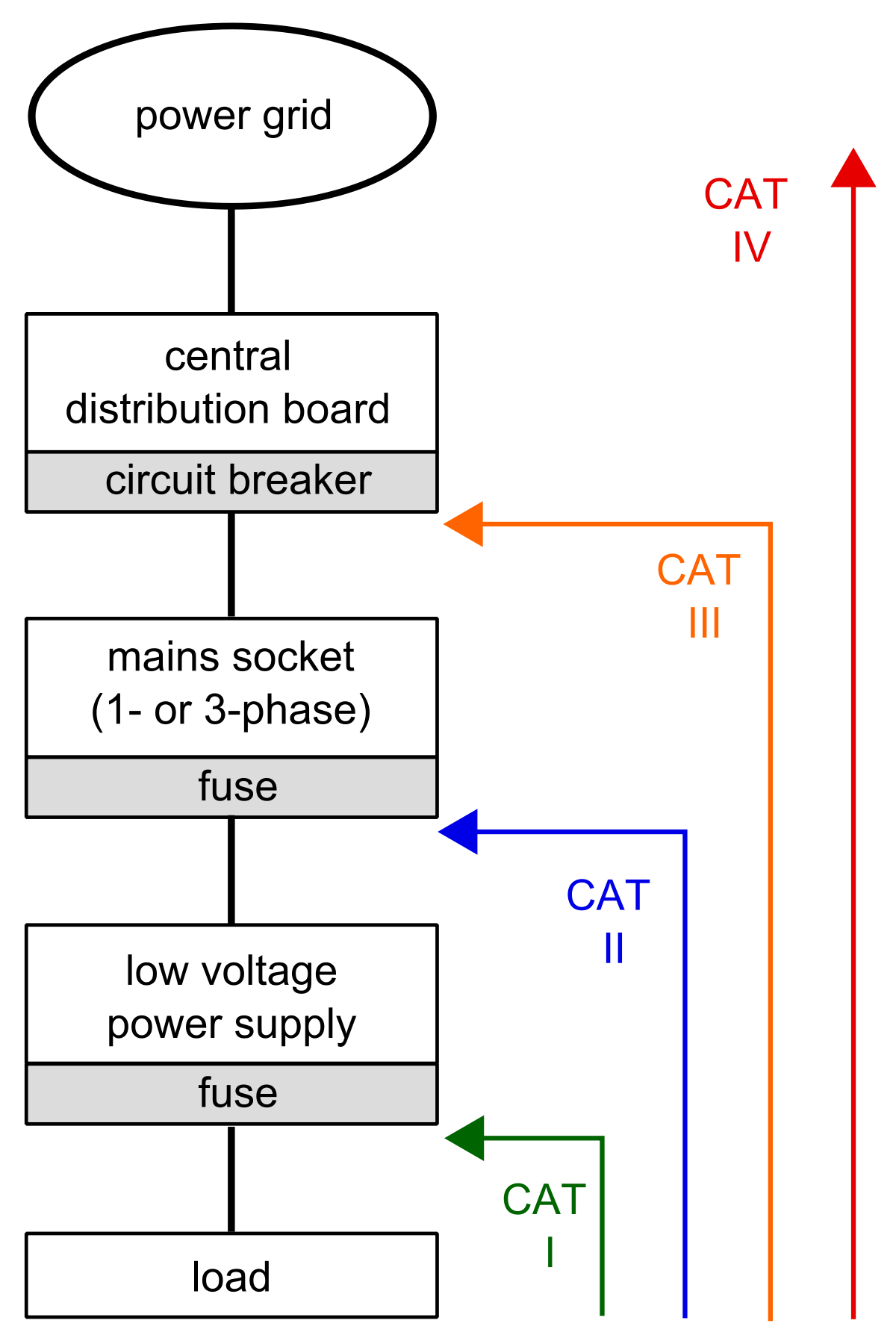- Aug 22, 2022
- 10
- 3
- 33
- If you're a qualified, trainee, or retired electrician - Which country is it that your work will be / is / was aimed at?
- United States of America
- What type of forum member are you?
- Other
- If other, please explain
- 35 Years experience in HVAC contracting. Extensive experience in low voltage control design and troubleshooting, Designing and installation of electrical services for HVAC equipment.
I am trying to understand the underlying mechanics of why I am getting a voltage potential from a metal cabinet to my body.
The electrical cabinet has an LED light fixture in it. I live in a very old house so there is no ground wiring. I was noticing a very slight shock when I brushed up against the cabinet but after the initial shock holding my hand on it, I felt nothing.
I took my multimeter on the AC setting and read 68v by touching one lead to the metal cabinet and the other being held in my hand.
I then ran a wire from a know ground in the house and got the same voltage reading between the metal and ground.
I tried putting a 120v 75 watt incandescent bulb in series with the metal and ground to see if there was any noticeable current flow, I didn't see any. Checking voltage across the bulb showed the same 68v.
My first thoughts is a short or something in the LED fixture to the metal cabinet. But if it was a short I would expect to current to flow when I gave it a path to ground.
I want to recreate this condition for another reason on a different application, anyone got any deep electrical theory they want to share?
Thanks,
Axis
The electrical cabinet has an LED light fixture in it. I live in a very old house so there is no ground wiring. I was noticing a very slight shock when I brushed up against the cabinet but after the initial shock holding my hand on it, I felt nothing.
I took my multimeter on the AC setting and read 68v by touching one lead to the metal cabinet and the other being held in my hand.
I then ran a wire from a know ground in the house and got the same voltage reading between the metal and ground.
I tried putting a 120v 75 watt incandescent bulb in series with the metal and ground to see if there was any noticeable current flow, I didn't see any. Checking voltage across the bulb showed the same 68v.
My first thoughts is a short or something in the LED fixture to the metal cabinet. But if it was a short I would expect to current to flow when I gave it a path to ground.
I want to recreate this condition for another reason on a different application, anyone got any deep electrical theory they want to share?
Thanks,
Axis









